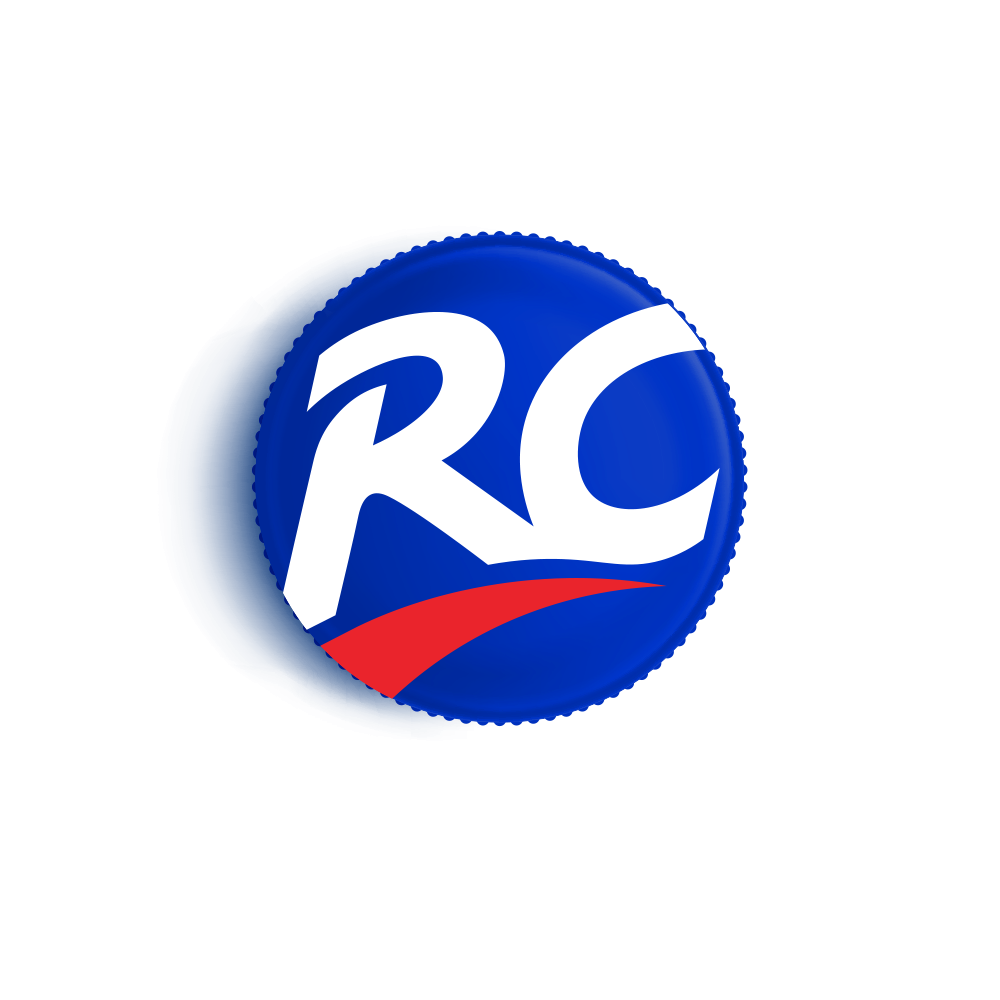In a multi-brand beverage company, the brands might be compared to siblings in a large family. Maneuvering successfully requires having an accurate understanding of the hierarchy of power among brothers and sisters; knowing, for example, who makes all the noise, who generally needs help, who you can count on, and who calls the shots at the end of the day.
Likewise, when it comes to managing beverage brands, as explored in our new eBook, successful management requires consideration not only of external, but also internal competitors. Creating a brand portfolio that effectively meets the needs of your consumers involves identifying the roles of each brand in the company, and ensuring that resources are optimally allocated so that different brands are not competing against one another.
Meeting this challenge requires a holistic approach that focuses both on consumer preferences and on what’s right for the brands themselves. Here’s some of what’s involved in managing your portfolio effectively to maximize revenues and ensure the long-term growth of your company.
Define Brand Relationships
In evaluating the current relationships between your brands, consider whether your treatment of each brand supports your underlying marketing strategy. By viewing your brand portfolio in this way, you may discover that there is a misallocation of resources within your brand family. Take whatever steps are possible to avoid unnecessary waste; eliminating, for example, duplicated product management efforts.
Because this can be tricky, it’s generally more effective for companies to stick with a few strong brands. Consider the possibility of eliminating your less successful brands and avoid the temptation to launch new ones. Keep in mind that determining which brands are doing well and getting rid of stragglers is an ongoing process that requires continuous reassessment.
Choose a Brand Architecture
The fundamental decision of your brand architecture has a global impact on your beverage portfolio. There are strengths and weaknesses to each of the following:
- Branded house – Maintaining a single master brand; one system for the products or services a company develops.
- House of brands – Developing separate identities for each brand; a separate name, a defined personality, and its own target audience.
- Hybrid – A combined strategy that includes both; typically, where a brand has an initial product but later expands in a new direction (for further details about the advantages of each of these options, see our eBook).
Balance Your Portfolio Successfully
Balancing a portfolio involves clarifying how consumers view your products or services and what they perceive to be the relationships between them. This includes:
Defining Consumer Categories
Understand what product category consumers perceive your brand as being in. For example, if you view your product as a carbonated soft drink but consumers view it in a broader category that includes juice (since your drink does, in fact, have some juice), you may miss opportunities to connect with potential customers.
Identifying brand roles
Determine the growth rates and market shares of each brand to ensure you have a balance between cash flows. Each portfolio should have products that generate cash and products in which to invest cash to capitalize on growth opportunities.
Brand Differentiation
After brand roles have been defined, you can clarify what differentiates each one. A brand differentiator may be branded features, ingredients, technologies, services, or programs.
Considering Brand Extensions
Find new ways to extend your brand in ways that add value. One of the best ways to do this is to develop a clear vision of the future of your brand, and letting that vision be your guide.
Articulating your Unique Selling Proposition (USP)
Share with customers exactly what sets you apart. Your USP helps you cater to an ideal group of customers, rather than trying to please everyone.
Telling your Corporate Brand Story
Your brand story should stand for something meaningful, and something people like. RC Cola International, for example, has a strong brand story; the story of a “Southern Slow” cola representing old-fashioned, family values.
Delivering Success Across Your Entire Portfolio
There are no shortcuts to effective brand portfolio management. Ongoing review, adaptation, and innovation are key, ensuring that your strategy is relevant and strong.
Maintaining a portfolio of multiple brands can be overwhelming, and certain guidelines need to be defined in order to manage your brands effectively. Defining the portfolio involves establishing the right brand relationships, choosing an architecture that plays to your company’s strengths, and clarifying how consumers view your products and services. Additionally, taking steps to adapt and extend the brand, identify the USP, and invest in a corporate brand story.
We’re ahead of the game at RC Cola International. To ensure that our products have optimal value and meet the changing preferences of today’s consumers, we’re involved in a continuous process of assessing and reassessing our portfolio and our strategies. In doing so, we are able to cater to many different market segments and maintain a strong brand presence worldwide.
For a comprehensive guide to successful brand portfolio management, download our eBook.



